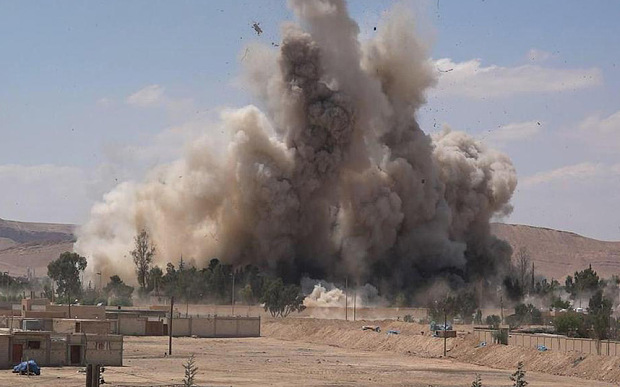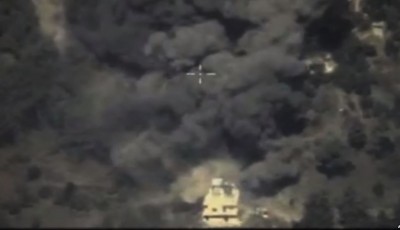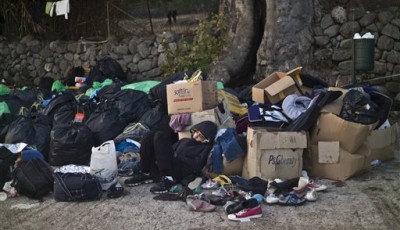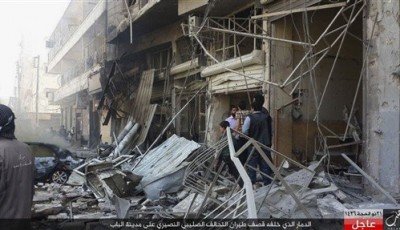UNESCO: ISIS destruction of Palmyra Roman temple war crime
Islamic State (IS) militants destroyed Palmyra’s 2,000-year-old Baalshamin temple on Sunday, triggering concern for the fate of one of the world’s richest archaeological sites.
Activists said the militants used explosives to blow up the temple, the blast so powerful it also damaged some of the Roman columns around it.
United Nations secretary general Ban Ki-moon expressed his shock and dismay on Monday after hearing the reports of demolition of a historic 2000-year-old temple in ancient Palmyra by Islamic State militants.
The militants captured Palmyra in May after a back-and-forth struggle with the Syrian military and subsequently executed hundreds of people, including renowned scholar of antiquities Khalid al-Asaad, 82, who last week was reported to have been publicly beheaded by IS militants.
In January the group ransacked the central library in the Iraqi city of Mosul, burning thousands of books, before destroying ancient artefacts at the city’s central museum.
Baal Shamin was built in 17 AD and it was expanded under the reign of Roman emperor Hadrian in 130 AD.
Syrian archaeologist Cheikmous Ali, founder of the Association for the Protection of Syrian Archaeology (APSA), told VICE News that the temple, which was originally dedicated to the sun god of pre-Islamic Palmyra, had been partly destroyed by IS “savages”.
Since capturing it, the terror-labeled group destroyed the city’s notorious military prison and several Islamic tombs.
The extremist group, which has imposed a violent interpretation of Islamic law across its self-declared caliphate straddling Syria and Iraq, claims ancient relics promote idolatry. “Perhaps it’s because the Palmyra antiquities are mostly columns and large buildings and not statues of people, which they consider idols that must be destroyed, and they have no problem with the other antiquities”.
Islamic State, which holds tracts of Syria and Iraq, seized the desert city of Palmyra in May from government forces but initially left its ancient sites undamaged.
Friends of al-Asaad’s told ABC News that his family members suspect he was killed after refusing to divulge the locations of some of Palmyra’s hidden treasures.
In June it blew up two shrines that were not part of its Roman-era structures but which it regarded as sacrilegious.












